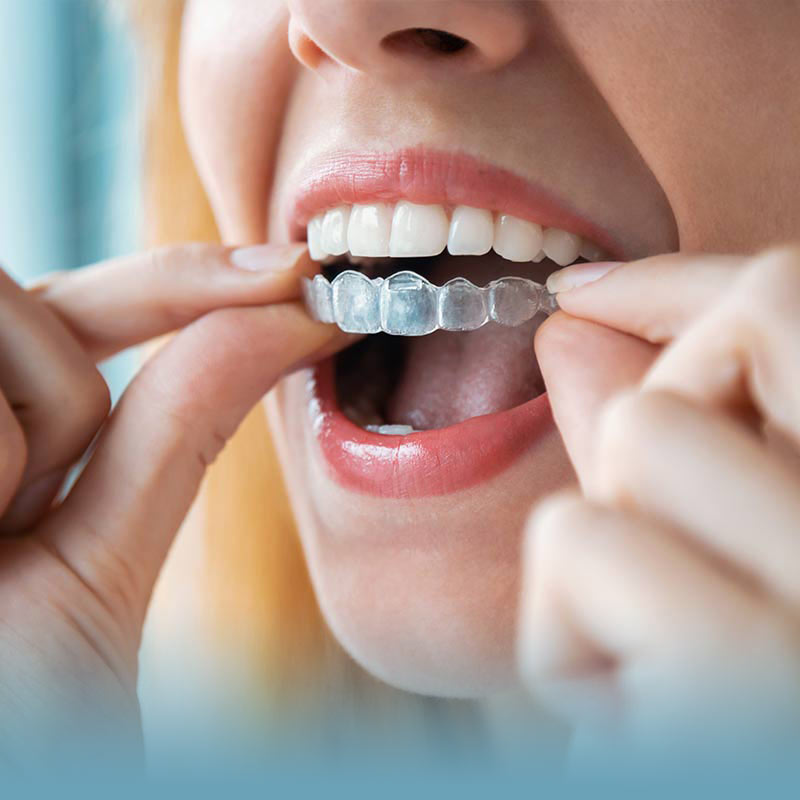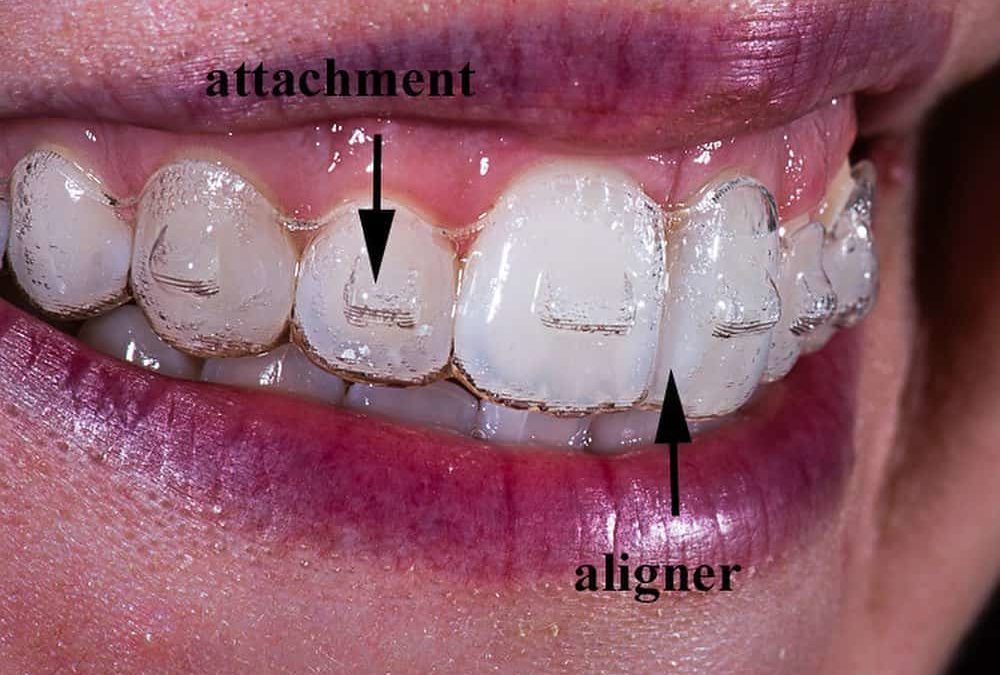How Invisalign Functions: Your Guide to Clear Aligners and Their Effectiveness
How Invisalign Functions: Your Guide to Clear Aligners and Their Effectiveness
Blog Article
Invisalign vs. Typical Braces: Which Choice Is Right for You?
When taking into consideration orthodontic therapy, the selection in between Invisalign and conventional dental braces presents a number of crucial elements that merit careful evaluation. Invisalign offers a very discreet option with detachable aligners, while conventional braces provide an extra noticeable yet efficient service for severe misalignment.
Overview of Therapy Choices

On the other hand, conventional dental braces consist of steel braces and cables that are bonded to the teeth. This approach uses continuous stress over time to accomplish placement. While effective for intricate orthodontic problems, conventional dental braces call for routine sees for adjustments and can position obstacles in preserving dental health due to the difficulty of cleaning up about wires and brackets.
Both choices have their qualities, and the choice typically rests on details dental problems, way of life choices, and person conformity. Ultimately, getting in touch with an orthodontic expert is critical for figuring out one of the most ideal treatment plan tailored to specific demands. Understanding the subtleties of each alternative can significantly influence the overall success of orthodontic treatment.
Visual Factors To Consider
A substantial variable affecting the selection in between Invisalign and standard braces is the aesthetic charm each treatment uses. Invisalign aligners are crafted from clear plastic, making them basically unseen when put on. This very discreet look is particularly attracting grownups and teenagers that may really feel self-conscious regarding their orthodontic therapy. The capability to preserve a natural smile throughout the positioning process can significantly improve the person's confidence in social and professional setups.
On the other hand, typical braces consist of steel braces and cables, which can be much more noticeable. While innovations in orthodontic innovation have actually resulted in the development of smaller sized braces and tinted elastics, conventional dental braces still maintain an even more conspicuous account. For some individuals, the presence of braces may hinder them from looking for essential therapy.
Inevitably, the selection in between Invisalign and typical braces might pivot on individual choices pertaining to aesthetics. Patients that prioritize discretion often favor Invisalign, while those that are less concerned concerning visibility may select typical braces. Comprehending the visual implications of each alternative is crucial for making an informed decision that straightens with one's way of living and preferences.
Comfort and Convenience

In regards to comfort, Invisalign aligners are detachable, allowing individuals to appreciate their favored foods without restriction and maintain ideal oral hygiene. Cleaning and flossing are streamlined, as the aligners can be taken out throughout these routines, whereas conventional braces need cautious navigating around wires and braces.
In contrast, typical braces demand regular modifications, making them much less practical for those with active routines. On the whole, the comfort and ease of Invisalign make it an attractive selection for numerous people seeking orthodontic therapy.
Treatment Duration and Effectiveness
While both Invisalign and traditional dental braces are effective in remedying dental misalignments, the duration of treatment can vary significantly between both alternatives. Usually, Invisalign therapy can take anywhere from 12 to 18 months, relying on the complexity of the situation. The clear aligners function by gradually shifting teeth right into their wanted positions, and routine follow-ups with an orthodontist assistance make certain progress stays on course.
On the other hand, conventional dental braces frequently call for a longer commitment, typically varying from 18 months to three years. This results from their fixed nature and making use of brackets and wires, which can be more efficient for intricate cases and serious imbalances (Invisalign). The therapy effectiveness of standard braces is well-documented, as they enable accurate changes and greater control over tooth motion
Ultimately, the option in between click this Invisalign and traditional braces may hinge on both the expected therapy period and the certain oral concerns handy. Consulting with an orthodontist is essential, as they can offer tailored recommendations based upon specific demands, ensuring the chosen approach lines up with preferred results and timeframes.
Price Contrast and Insurance Alternatives
Price plays a significant role in the decision-making procedure for people considering orthodontic therapy, whether deciding for Invisalign or standard braces. On average, the cost of Invisalign ranges from $3,000 to $8,000, while typical braces typically cost between $2,000 and $6,000. Elements influencing these costs consist of the intricacy of the situation, the period of treatment, and geographical place.
Many dental insurance plans give partial coverage for orthodontic treatments, yet the specifics can vary extensively. Generally, conventional dental braces may be a lot more regularly covered by insurance policy strategies compared to Invisalign, which some insurance companies classify as an aesthetic treatment.
Additionally, a number of orthodontic techniques offer flexible layaway plan, making both therapy options a lot more accessible. Clients must ask about potential financing choices and price cuts for ahead of time payments. Assessing the overall expense, consisting of insurance policy benefits and payment plans, is important for making Going Here a notified choice that lines up with both aesthetic preferences and budget plan factors to consider.

Conclusion
In summary, the selection between Invisalign and conventional dental braces this article rests on several aspects, consisting of aesthetic preferences, comfort, therapy period, and price. Invisalign offers a discreet, removable choice that assists in oral health and dietary versatility, while typical braces may be preferable for complicated dental issues and frequently come at a lower rate factor. Eventually, examination with an orthodontist is necessary to examine private scenarios and identify the most ideal therapy choice for accomplishing ideal dental alignment.
When thinking about orthodontic treatment, the selection in between Invisalign and standard braces provides several essential aspects that warrant mindful evaluation.Comparing Invisalign and typical dental braces discloses unique treatment alternatives for orthodontic correction.While both Invisalign and conventional dental braces are effective in dealing with dental imbalances, the duration of therapy can vary dramatically between the 2 choices.Cost plays a considerable role in the decision-making procedure for individuals taking into consideration orthodontic treatment, whether deciding for Invisalign or conventional dental braces.In summary, the selection between Invisalign and traditional dental braces hinges on numerous aspects, including aesthetic choices, comfort, therapy period, and expense.
Report this page